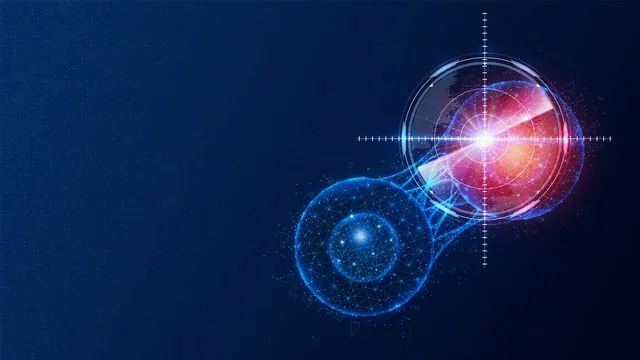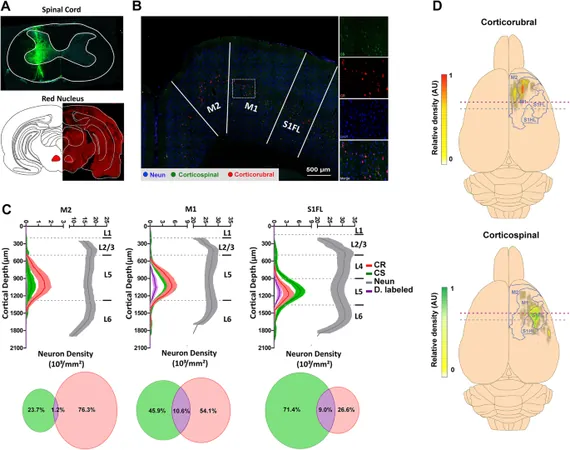
Harnessing Heliostats: The Unlikely Solution to Detect Dangerous Asteroids
2025-08-05
Author: Sarah
A Revolutionary Idea for Planetary Defense
Beneath a night sky sprinkled with stars, scientists at Sandia National Laboratories in New Mexico are repurposing a surprising tool for planetary defense: heliostats. These massive, motorized mirrors, designed to focus sunlight, could become an innovative weapon in the fight against potential asteroid threats.
Heliostats: Daytime Powerhouses, Nighttime Sleepers
As daylight fades, these vast fields of mirrors that once harnessed sunlight drift into idleness. "During the day, they generate hundreds of megawatts of electricity for the grid," explains scientist John Sandusky. But at night? "They just sit there unused." Sandusky's groundbreaking proposal aims to activate these dormant energy giants for a new mission: detecting asteroids.
Spotting Asteroids with Starlight
Sandusky believes that heliostats can operate just as effectively at night, focusing starlight to identify dangerous celestial objects. While traditional telescopes require visual imaging, the heliostat method offers an alternative. Rather than creating a picture, it tracks the movement of asteroids across the sky, converting that motion into a frequency signal—similar to radar.
A New Way to Listen to the Stars
Imagine listening to a wind chime instead of simply feeling the breeze. The heliostats create a harmonious rhythm as they sweep across the night sky. The light from stars produces a single tone, while an asteroid passing through alters that tone ever so slightly. "The difference is minute — less than one millihertz," Sandusky reveals, a change barely detectable to the human ear. However, with the precision of GPS timing, these variations can be measured effectively.
Testing the Waters
This summer, Sandusky began experimenting with one of the 212 heliostats at the National Solar Thermal Test Facility in Albuquerque. While he hasn't yet employed the heliostat to find asteroids, he's making strides by tracking stars. The current challenge? Securing funding to scale this project.
Synchronization is Key
To transform this idea into a global asteroid-detection system, synchronization across various heliostat fields is essential. These setups need to be updated with photodiodes and other optical devices, establishing a common timing system like GPS.
Gaining Scientific Insight
Sandusky has already shared his findings and computer simulations at the Society of Photo-Optical Instrumentation Engineers' 2024 conference. "This unconventional idea needed a fitting platform," he states. The next crucial step involves gathering input from the scientific community to refine his approach and identify potential obstacles.
A Future of Possibilities
Looking ahead, Sandusky envisions using the heliostat not just to hunt asteroids, but also to locate known planets. This method of exploration could vastly expand our understanding of the cosmos and highlight the advantages of this innovative technology.
Conclusion: A New Frontier in Astronomy
By repurposing existing heliostat technology, scientists could not only protect Earth from potential asteroid impacts but also open new avenues for astronomical research. This is just the beginning of a daring adventure into the universe's mysteries.



 Brasil (PT)
Brasil (PT)
 Canada (EN)
Canada (EN)
 Chile (ES)
Chile (ES)
 Česko (CS)
Česko (CS)
 대한민국 (KO)
대한민국 (KO)
 España (ES)
España (ES)
 France (FR)
France (FR)
 Hong Kong (EN)
Hong Kong (EN)
 Italia (IT)
Italia (IT)
 日本 (JA)
日本 (JA)
 Magyarország (HU)
Magyarország (HU)
 Norge (NO)
Norge (NO)
 Polska (PL)
Polska (PL)
 Schweiz (DE)
Schweiz (DE)
 Singapore (EN)
Singapore (EN)
 Sverige (SV)
Sverige (SV)
 Suomi (FI)
Suomi (FI)
 Türkiye (TR)
Türkiye (TR)
 الإمارات العربية المتحدة (AR)
الإمارات العربية المتحدة (AR)